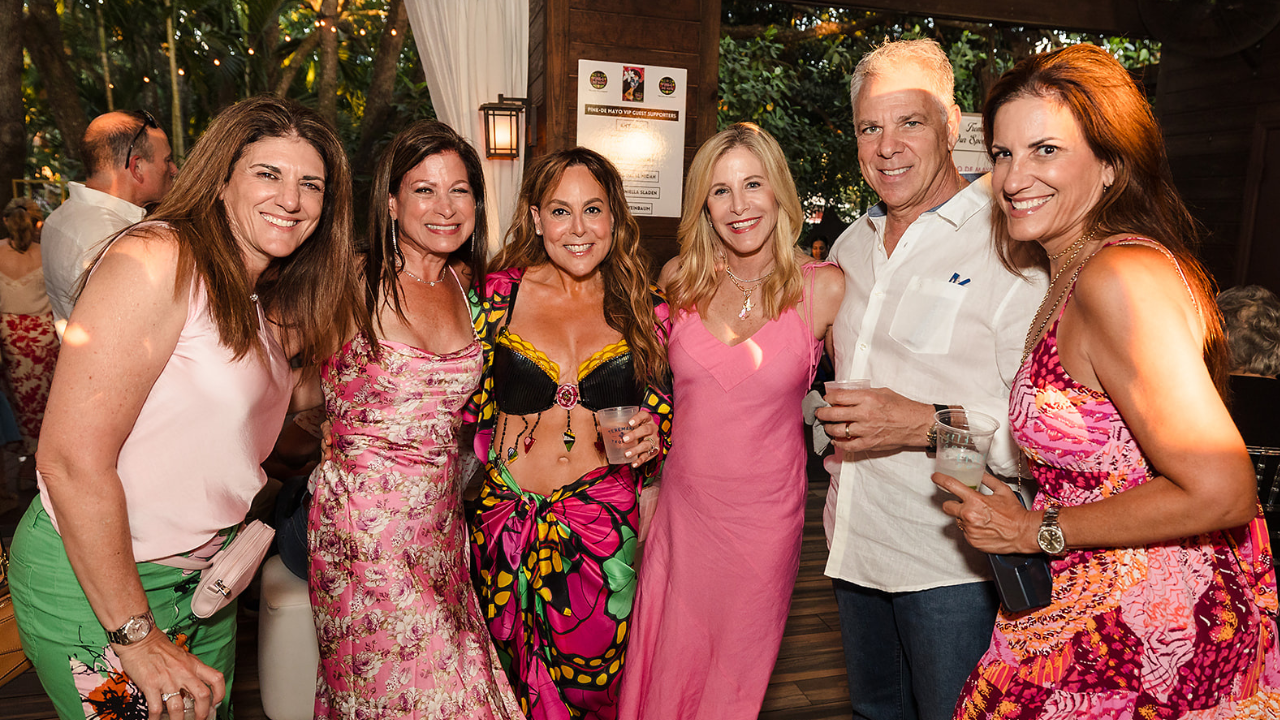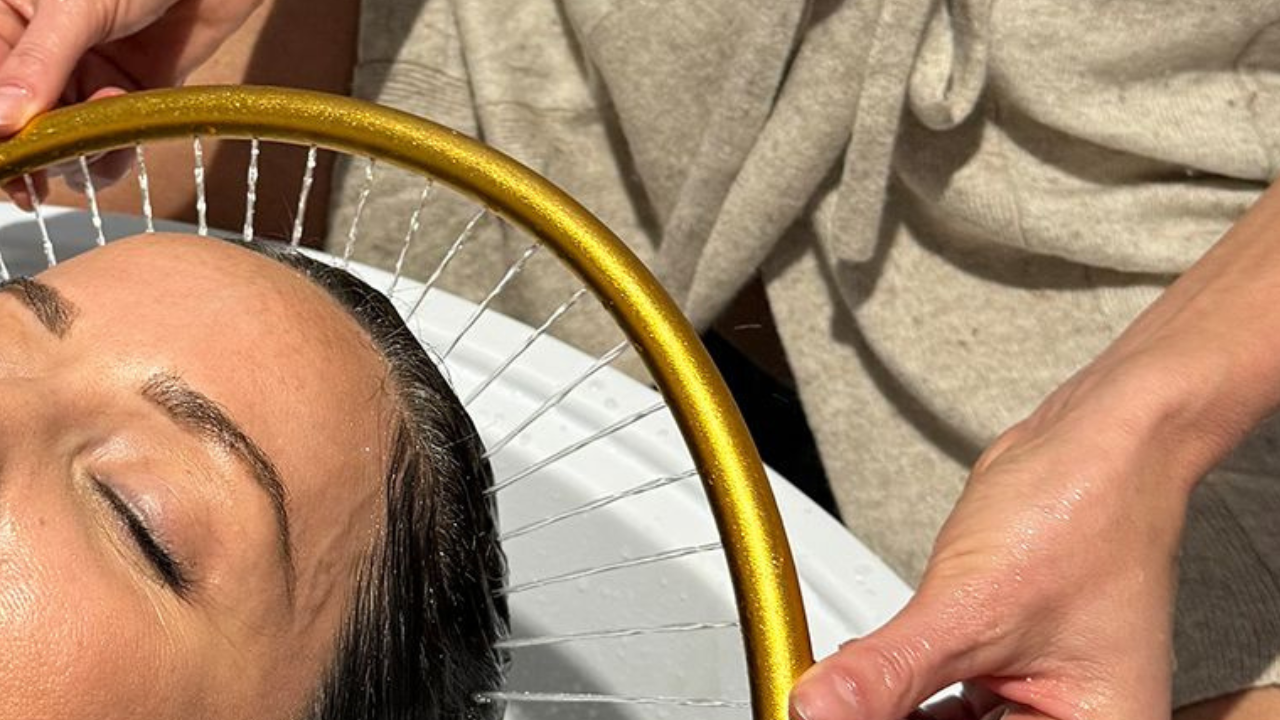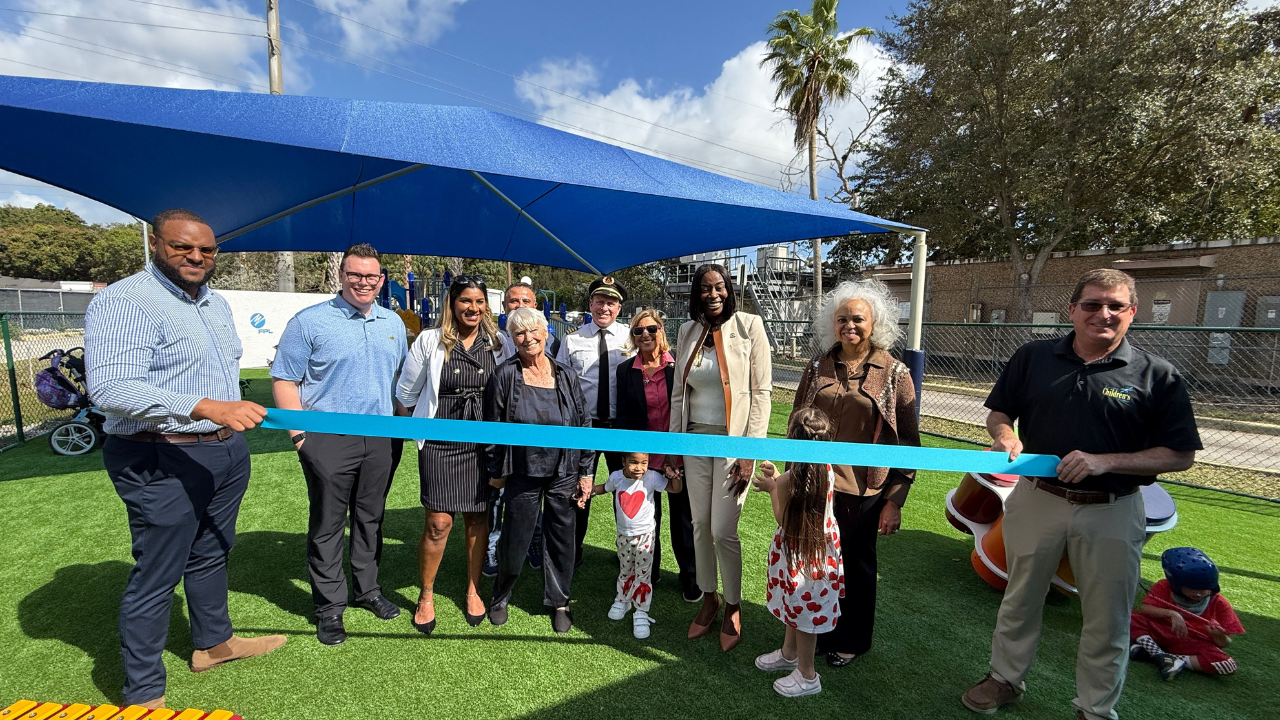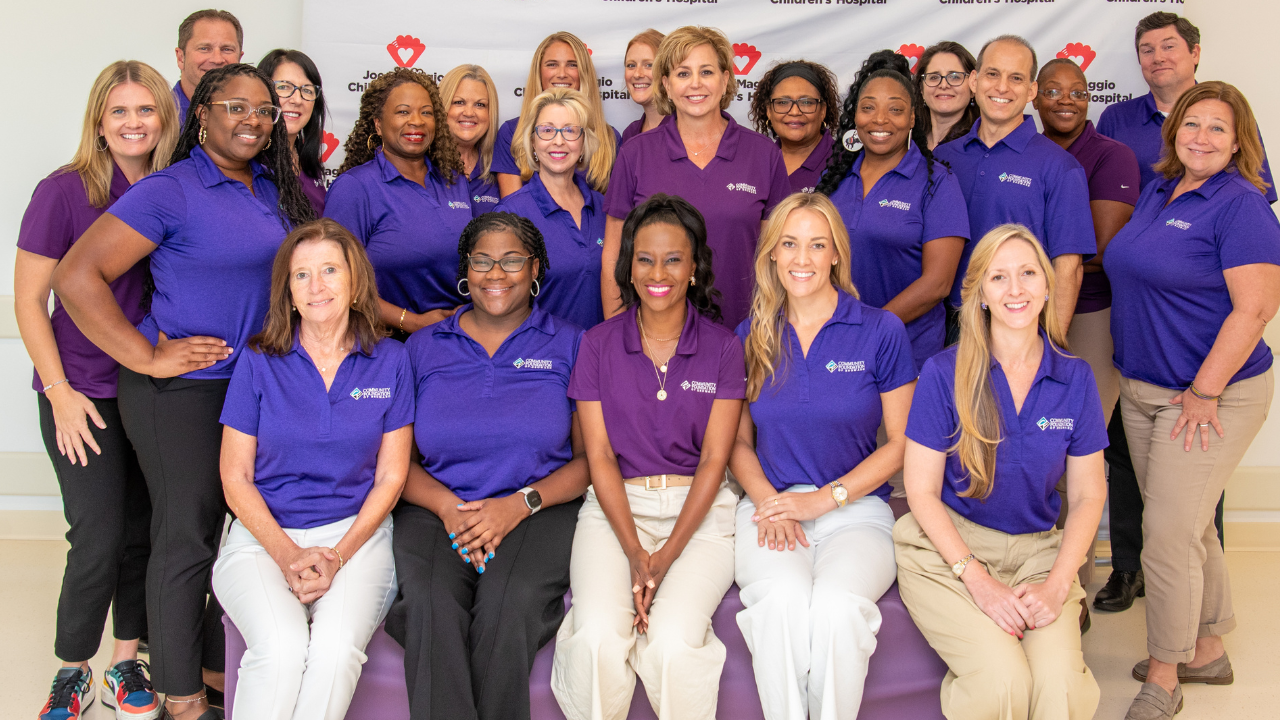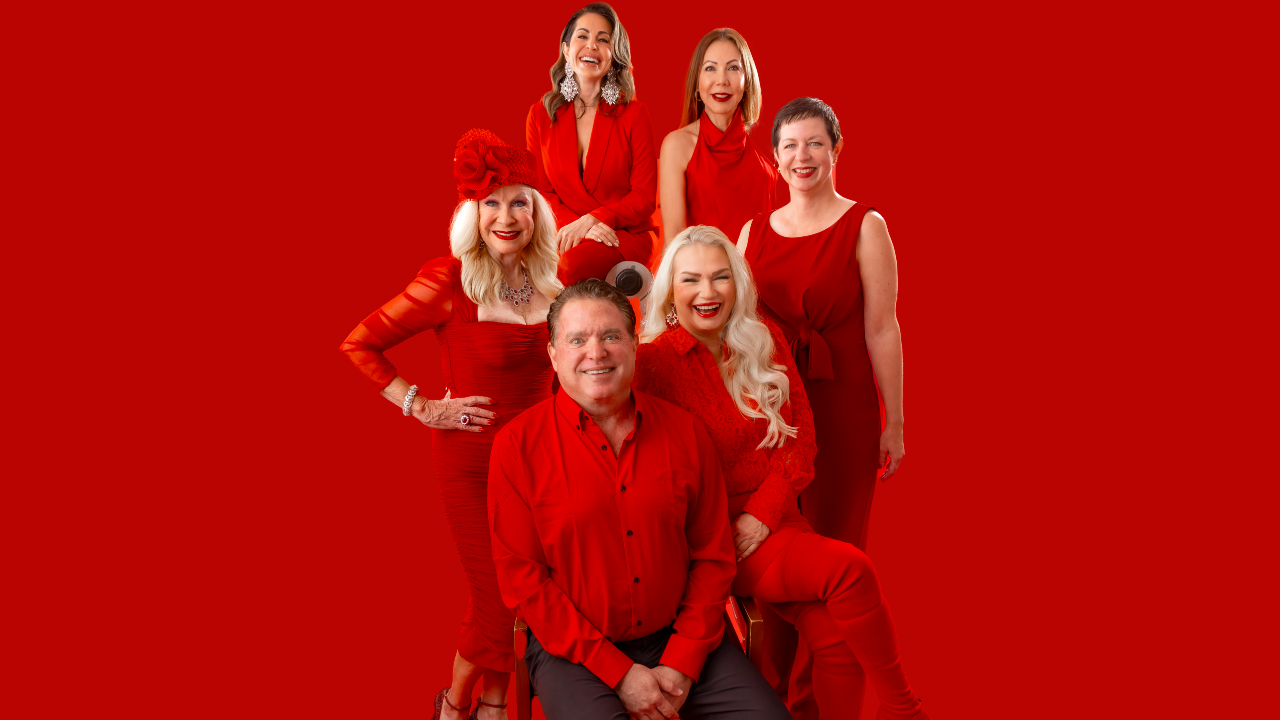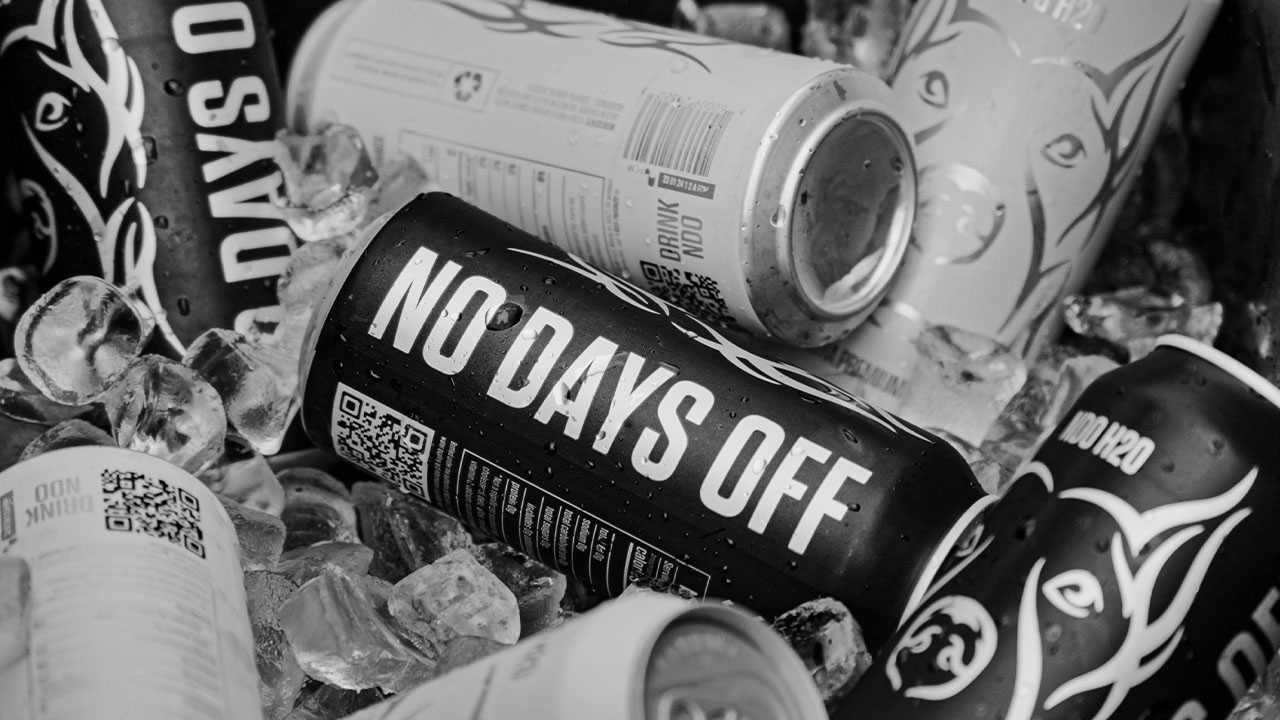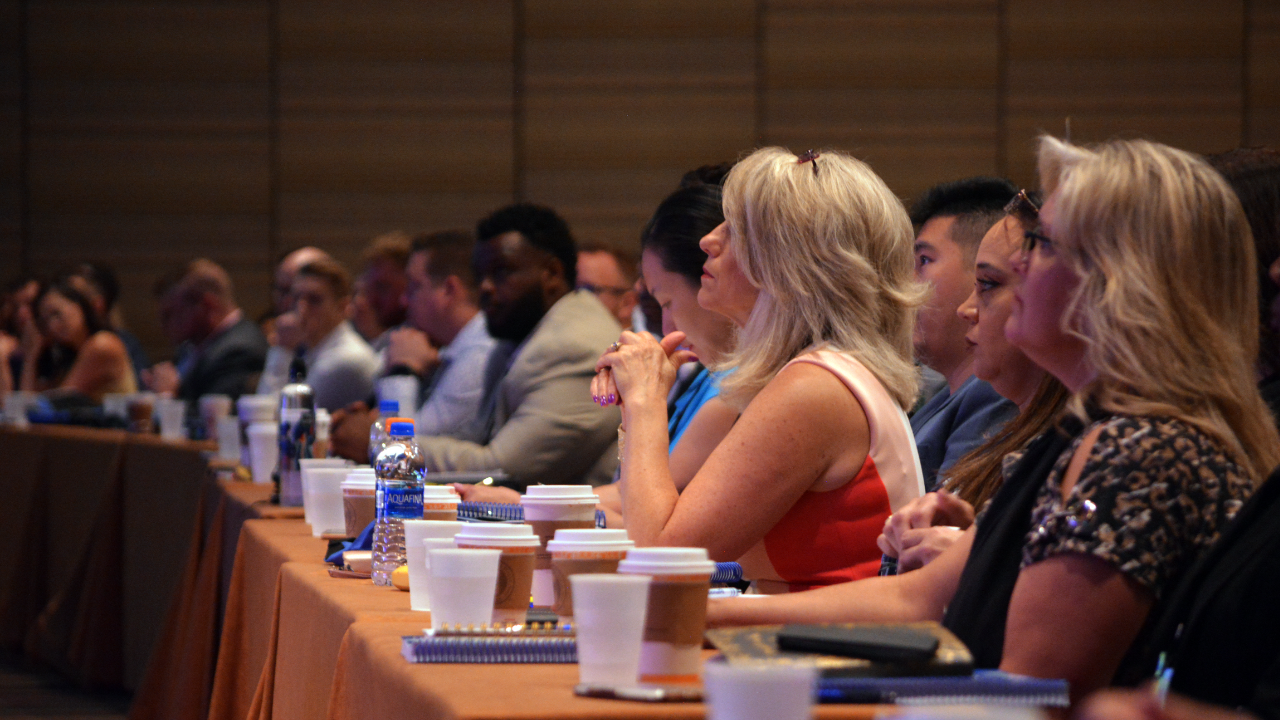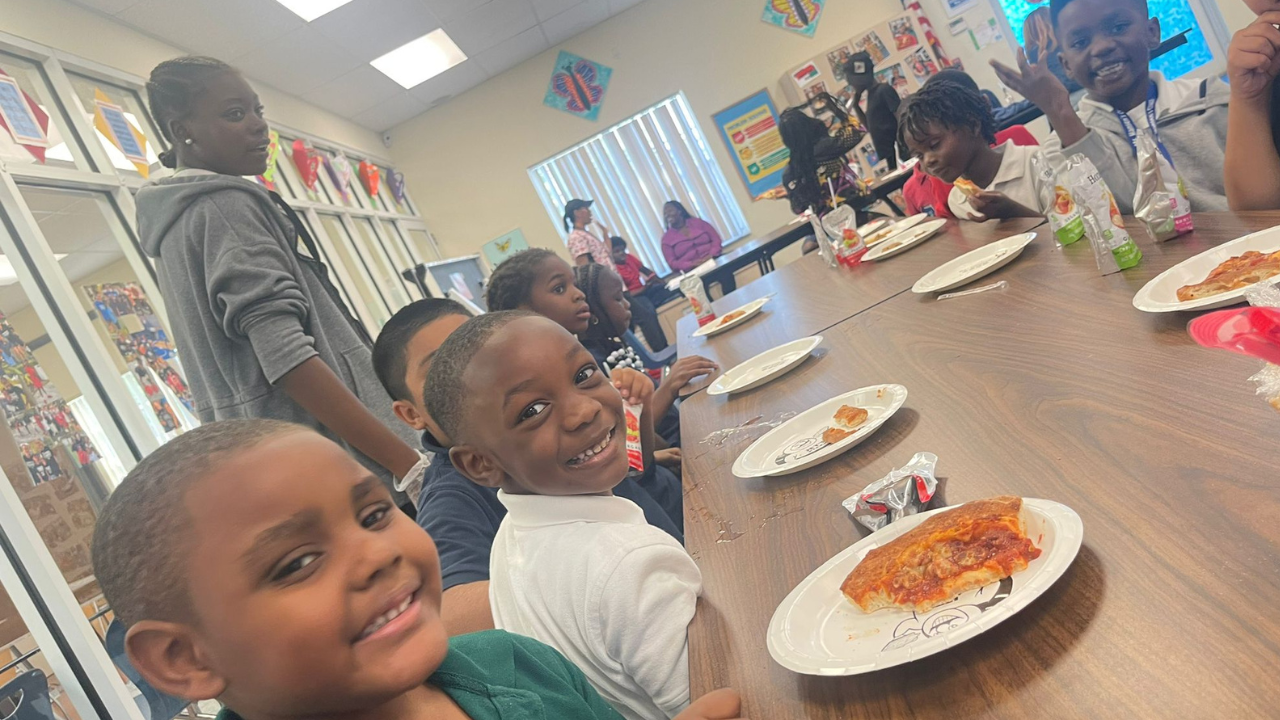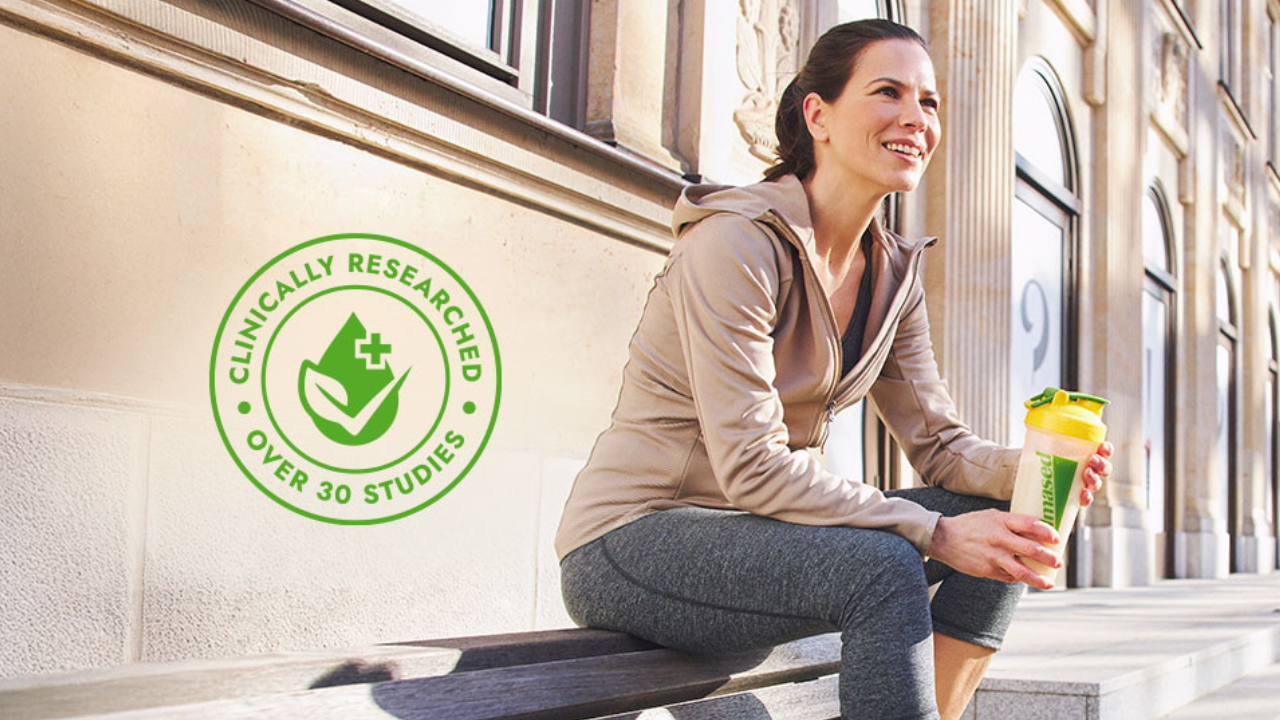From the outside, everything at 10812 Buttonwood Lake Drive in the gated Hidden Lakes community in Boca Raton appeared normal. The three-bedroom, 2,000-square-foot, two-story house was well-maintained, the lawn was mowed, the hedges trimmed. The tenants, Alfonso Baldonado Jr., 46, and his wife, Sophia Manuel, 41, were a friendly couple who owned a successful staffing agency for country clubs and provided “room and board” for some Filipino nationals at their house, and another rental house, a few blocks away on Oak Lake Way.
There was a lot of shuttling between houses and groups of workers hanging out in the garage and driveway, but they weren’t noisy or a nuisance. There didn’t appear to be any drama, and nothing about their routine seemed particularly unusual. Even the white cargo van crammed with workers, which left the neighborhood each morning around 6 a.m. and didn’t return until close to midnight, didn’t seem to raise eyebrows. According to neighbors, the workers were quiet and kept to themselves but seemed pleasant, often waving and smiling when people passed by. More important, they seemed healthy and happy.
But as residents ultimately discovered, there was more being hidden in Hidden Lakes than met the eye.
What the neighbors at Buttonwood Lake Drive hadn’t seen, until the day in 2008 when authorities responded to a report of a “hostage situation,” was that nearly 40 Filipino workers were living in overcrowded, inhumane conditions. They were sleeping on the floors, in the house and in the garage. They were fed rotten vegetables and chicken feet and guts. They were rarely paid money and were accruing an escalating debt, which, like indentured servants, they would never be able to settle. They were denied medical care, forbidden to speak to strangers at work or church, and threatened with physical punishment and deportation if they complained, resisted or attempted to escape.
![]() Like most trafficking recruiters, the Baldonados had lured the Filipinos to South Florida with the promise of steady work, good pay and an exciting new life. Many of the families saved for years to buy their passage. This was the golden ticket—their hope at escaping desperate circumstances at home and pursuing the American dream.
Like most trafficking recruiters, the Baldonados had lured the Filipinos to South Florida with the promise of steady work, good pay and an exciting new life. Many of the families saved for years to buy their passage. This was the golden ticket—their hope at escaping desperate circumstances at home and pursuing the American dream.
Eleven years later, that dream remains as elusive as ever for those ensnared in the growing web of human trafficking. Forced labor trafficking cases have not only tripled in South Florida over the past decade, but they have spread across a variety of categories and unexpected places. Trafficking victims continue to fly under the radar, often in plain sight. They might be clearing tables at a posh country club. Or doing manicures at a strip-mall salon. Or living 40 to a house in a gated community.
“There’s a tendency to associate ‘modern slavery’ with migrants working in the tomato or sugar fields,” says Adriane Reesey, director and founder of 1HTC, the human trafficking coalition serving the counties of southeast Florida. “But it’s happening to people that are providing a service to middle and upper-class South Floridians in urban areas. These people, or victims, are often treated like servants and therefore rendered invisible.”
“People see things the way they want to, sometimes,” says Carmen Pino, special agent in charge of Homeland Security Investigations, from his Miami office. “They see a nice house in a gated community, and they say, ‘No trafficking here.’ But it’s happening right under their noses, at their country clubs, at their nail salons and, literally, in their backyards. It’s up to the public to educate themselves to the indicators so if they see something, they can say something.”
The Rising Tide
In February, a nearly yearlong investigation by authorities across four Florida counties uncovered a multimillion-dollar trafficking and prostitution operation, resulting in criminal allegations against several wealthy, high-profile men, including New England Patriots owner Robert Kraft.
Forced labor and sex trafficking both fall under the umbrella of human trafficking. Still, the lurid nature of sex trafficking typically draws more attention. However, forced labor is no less an epidemic in South Florida—one that has seen a significant rise in recent years (see sidebar on next page).
“Human trafficking is very broad and looks different in each community,” says Regina Bernadin, senior project manager at the International Rescue Committee (IRC) in Miami. “Labor trafficking is more prevalent than sex trafficking in South Florida, but it hasn’t been as well-represented in the media.”
Polaris, the world’s largest organization in the fight to “eradicate human trafficking,” has documented forced labor cases in hundreds of categories (visit polarisproject.org/typology to learn more). On a statewide scale, Florida cases often involve farmworkers, domestic servants, factory workers, landscaping businesses, restaurants and beauty salons.
In South Florida, agriculture continues to serve as a backdrop for forced labor. Last year, Mexican nationals Agustin Mendez-Vazquez and his son, Ever Mendez-Vazquez, were convicted of “conspiracy to obtain and provide forced labor” after exploiting illegal aliens and forcing them to work in tomato fields near Homestead. According to court documents, they would threaten to beat the workers, physically abuse and harass them, take some or all of their paycheck, and threaten them with deportation in order to control and use them for personal profit.
But there are just as many cases related to urban businesses or private homes, situations where sex trafficking and labor trafficking intersect (think: massage parlors or internet pornography).
“Unfortunately, identifying labor trafficking cases is much more complex than sex trafficking because it blends with legitimate commerce and business, especially on the farms,” Pino says. “We have to respond to all calls and check indicators, interview contractors, staffing services, workers. But it’s tough to prove these workers are being exploited because a lot of times it turns out to be a wage dispute or a complaint about the field boss, which doesn’t rise to the level of trafficking. We have to peel away the layers of the onion.”
Peeling those layers is further complicated by the lack of easily detected indicators, something that Reesey and her team are actively trying to remedy.
“Forced labor victims are not usually physically threatened; they are psychologically bound,” Reesey says. “Anyone who has a vulnerability can be exploited and will be obedient when threatened with punishment. Traffickers will threaten to hurt their family members, turn them into immigration, deport them, deny them food, transportation or even interaction with the others. This keeps them in servitude and forces them to cooperate.”
Asked what happens if they don’t “cooperate,” Reesey shakes her head, somberly contemplating the reality that her answer implies.
“If they don’t cooperate … well, I’ve always said we have some of the best fed alligators in the country.”
Someone is Always Watching
Pino explains that the majority of forced labor cases never make it to a courtroom because the victims are afraid to come forward. But in 2008, Simone Celestin, a 23-year-old Haitian woman, was brave enough to tell her story—and it was compelling enough to win a conviction against the two older Haitian women who had abused her.
“One of the traffickers in the case was actually a Miami-Dade school teacher,” says the IRC’s Bernadin. “She was brought from Haiti to live with the women and get an education. But she never went to school; for six years she was forced to be a domestic servant, sleeping on an old mattress on the floor, fed table scraps and repeatedly beaten with a garden hose, sometimes for something as trivial as not making the bed the right way.”
And as if that wasn’t abusive enough, Simone was farmed out to other families on the weekends as a maid and domestic servant and then forced to turn over her earnings to her traffickers.
In the last two years, Reesey and 1HTC have set their sights on manicure salons and illicit massage businesses along the State Road A1A corridor. Trafficking networks staff the massage businesses that typically offer “happy endings,” according to the demographics of the community.
“There are Asian and Eastern European girls in Hallandale, Latins in Miami, Thai and Filipino workers in Hollywood, and mostly Asian in Palm Beach because they are perceived as ‘cleaner,’ ” Reesey says.
The women are forced to work long hours doing whatever the customer demands; they’re given no money and little food. Many sleep at the business, on makeshift mattresses on the floor, sometimes 10 to a room with only one bathroom. If they don’t comply, they are threatened with physical abuse or deportation or harm to their families. Forced labor workers at nail and threading salons are subjected to similar inhumane treatment, including long hours of breathing toxic acetone fumes and acrylic dust. They’re also vigilantly monitored.
“Even though the traffickers do everything possible to keep the girls from learning English, they still watch and hear every move they make,” Reesey says. “Along with the cameras, they even have microphones in the hanging lights, above the foot basins and in the storage rooms so they can hear if they try and communicate with customers or ask for help.”
Trafficking Hits Home
One of the biggest myths about human trafficking is that the victims always come from another country, lured to America by the promise of a better life. It’s easy to imagine how someone living in extreme poverty or political oppression may be easy prey for traffickers. But traffickers are adept at exploiting people’s vulnerability and using it to their advantage. Americans even can become victims right here at home.
Caridad Mas-Batchelor, a senior caseworker at the IRC, tells of a recent case in South Florida that targeted adult males by exploiting their weaknesses, making their crime even more heinous.
“Trafficking is an economic crime,” Mas-Batchelor says. “It doesn’t necessarily have to be work in exchange for money. It could be for anything of value to that individual, like drugs, shelter or food. There was a case where traffickers recruited African-American homeless men who were drug- or alcohol-dependent—and forced them to work at labor camps and farms.”
Instead of money, the traffickers paid the men with the substance of their choice, and if they refused to work, they threatened them with physical abuse, and even death.
Anyone who exhibits signs of vulnerability can find themselves caught in the traffickers’ net. Experts cite examples where people facing unemployment, domestic abuse, foreclosure—people who are mentally or physically impaired—have been manipulated and forced to participate in door-to-door schemes or to panhandle. In other cases, traffickers have taken advantage of someone’s disability to set up fraudulent bank accounts and steal veteran benefits or disability checks.
What’s Being Done?
Florida has the third-largest number of human trafficking cases in the nation, behind California and Texas. But, fortunately, Florida has one of the largest networks of anti-trafficking organizations. Some are focused on victim advocacy and assistance, like Broward Human Trafficking Coalition and the IRC. Some, like 1HTC, address the problem of trafficking in South Florida through “capacity building and collaboration.” Others, like the Department of Homeland Security Trafficking Task Force, provide training for law enforcement, and government and private organizations. All of them have a common mission: to raise public awareness and educate the public about what human trafficking is, who its victims are and how they can help identify the signs and report suspicious activity.
The Department of Homeland Security has launched the “Blue Campaign” (dhs.gov/blue-campaign), which collaborates with government agencies like Immigration and Customs Enforcement, as well as law enforcement and private organizations, to offer training and awareness-raising resources to help law enforcement and the public better identify the signs of human trafficking. They have a unified database with the most current intelligence, and offer aid and protection to trafficking victims. They do whatever it takes to help prosecute the traffickers.
IRC Miami has been on a two-pronged mission to help victims of trafficking directly and disseminate information and raise awareness through its outreach programs. Recently, it distributed water bottles featuring the number of the National Trafficking Hotline to farm workers in Miami-Dade to help possible victims of forced labor connect with agencies that can help them. But, Bernadin says, it’s vital to the anti-trafficking effort to educate the public on how to identify and report trafficking cases.
“People are often afraid to report things to the police because they might be wrong,” Bernadin says. “They need to use their judgment. See if the individual is being monitored, [or] pulls away if you reach out to them. But it’s not always clear. They might exhibit similar signs as trafficking victims but may just be undocumented and scared.”
Bernadin says that the best thing a person can do if they suspect someone is being trafficked is to call the hotline, explain what they’re seeing and let the professionals evaluate the situation.
Reesey of 1HTC is concentrating her efforts on educating Health Department inspectors on code enforcement, because they have better access to some businesses than law enforcement.
“They can get into places the law can’t,” Reesey says. “They look for licensing, employee training, clean working conditions. We train them to look for the signs of trafficking like the behavior of the employees, the placement of surveillance devices, if workers are sleeping on the premises and so on. We get them to ask the right questions, look beneath the surface and recognize the signs.”
Like the IRC, Reesey also is a strong proponent of public awareness and education as a means to curtail human trafficking. The burden, she believes, does not rest solely on authorities—and that before the public can identify victims of trafficking, they must first acknowledge that the potential even exists.
As Reesey notes, “It’s time for people to stop looking and start seeing.”
The Individual Being Trafficked
• The person is fearful, anxious, depressed, submissive, tense, or nervous/paranoid.
• Avoids eye contact.
• In poor physical health.
• Has few or no personal possessions.
• Is not in control of his/her own money; has no financial records or bank account.
• Is not in control of his/her own identification documents (ID or passport).
• Is not allowed or able to speak for themselves (a third party may insist on being present and/or translating).
Spotting the Signs
Indicators of forced labor trafficking involve work/living conditions, as well as physical and psychological signs.
• The individual is not free to leave or come and go as he/she wishes.
• Works excessively long and/or unusual hours.
• Is not allowed breaks or suffers under unusual restrictions.
• Owes a large debt and is unable to pay it off.
• High security measures exist in the work and/or living locations (e.g., opaque windows, boarded-up or barred windows, barbed wire, security cameras, etc.)
• Lack of knowledge of whereabouts and/or do not know what city he/she is in.
• Has numerous inconsistencies in his/her story.
(Source: polarisproject.org)
By the Numbers
According to the National Human Trafficking Hotline, there were 604 human trafficking cases reported in Florida last year—nearly triple the total of 237 from 2012. Of the reported cases in 2017:
• 137 involved labor trafficking.
• 33 involved sex and labor trafficking.
• 32 were not specified.
• 402 involved sex trafficking.
Of the 137 forced labor cases:
• 31 involved domestic work.
• 24 involved agriculture.
• 9 were begging rings.
• 7 involved traveling sales crews.
(Source: humantraffickinghotline.org/state/florida)
The Definitions
• Human trafficking is the exploitation of people, physically and/or psychologically restricting their movement, and “recruiting, harboring, transporting, providing a person for compelled labor or commercial sex acts through the use of force, fraud or coercion” (according to the Trafficking Victims Protection Act).
• Forced labor trafficking is defined by the International Labour Organization as “all work or service which is exacted from any person under the menace of any penalty and for which the person has not offered voluntarily,” but does not require that a person “change location.” It refers to situations where someone is coerced to work through the use of violence or intimidation, or by more subtle means such as manipulated debt, retention of identity papers or threats of denunciation to immigration authorities.
• Sex trafficking is when men, women or minors are forced to engage in sexual acts or prostitution, and, in so doing, often change “location.”
• Human smuggling is trafficking or “changing people’s” location illegally but does not involve exploitation; usually there is a financial agreement where smugglers are paid to provide papers or bring people in illegally.



